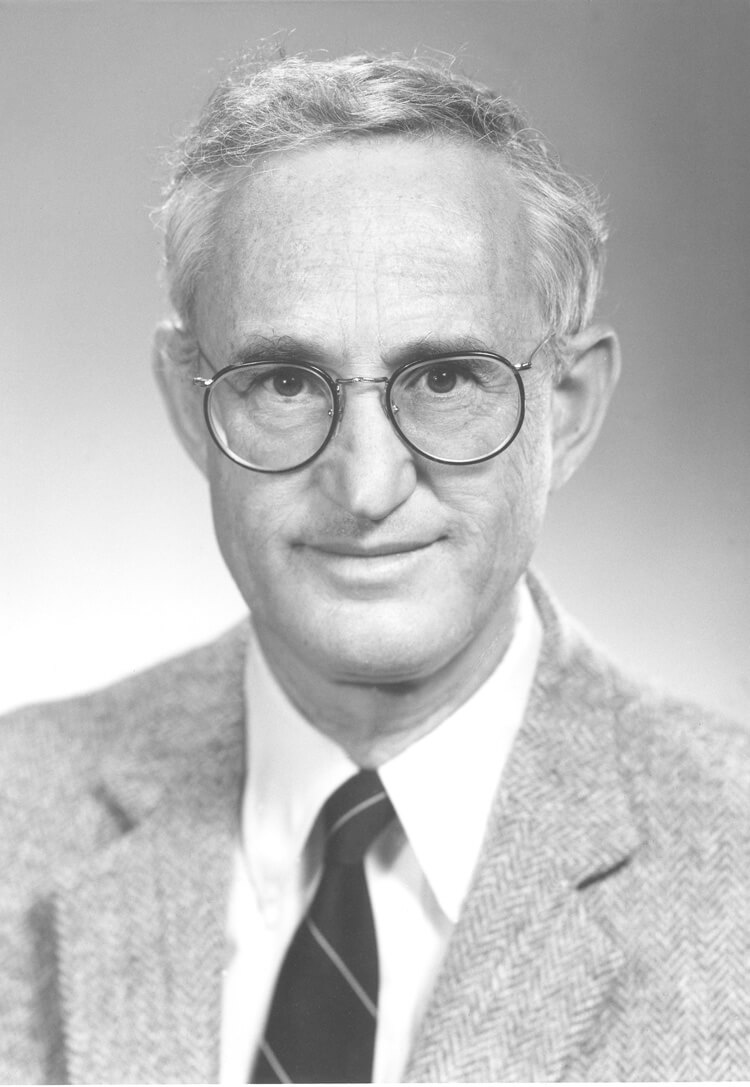“The Magic of Superconductivity”
The Lecture
Superconductivity was discovered in 1911 at Leiden University in the Netherlands in metallic mercury cooled to 4.2 degrees above absolute zero by liquid helium. The mercury sample lost all electrical resistivity, thus becoming a perfect conductor. Since then,superconductivity has been observed in many metals. More recently currents induced in a ring persisted for years without decay. Another striking effect seen in superconductors is the Meissner Effect. As the samples in a magnetic field are cooled through the superconducting transition, they expelled all magnetic fields. This gives rise to the phenomenon of superconducting levitation. In 1957, the theory of Bardeen, Cooper, and Schrieffer was put forward in which the conduction electrons interacting with the surrounding crystal lattice formed pairs, which, in concert, acted as a charged superfluid, thereby giving zero electrical resistance. In the mid 1980’s a new class of ceramic superconductors was discovered by Bednorz and Alex Mueller in which the onset of superconductivity occurred at liquid nitrogen temperatures and above, leading to many possible applications such as superconducting transmission lines, levitating trains and MRI magnets.
About Dr.Lee
Dr. David Lee received the Nobel Prize in physics in 1996 for his group’s discovery of superfluidity in 3He, the culmination of many years of extensive experimentation with helium at increasingly low temperatures. As a result of their breakthrough discovery, superfluid 3He is now one of the richest systems in condensed matter physics, with exotic order parameters that exemplify a whole new set of physical concepts that impact many other areas.
